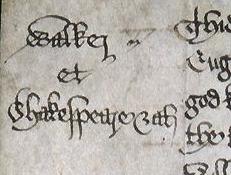To view a sortable list, please visit the Resource
All Documents
1611
This book is the only surviving play manuscript used by Shakespeare’s company, the King’s Men. It is also the only surviving copy of the play itself, which became known as The Second Maiden’s Tragedy.
October 5, 1611
Following John Shakespeare’s death in 1601, and perhaps for a year or two earlier, the Shakespeare family’s property in Henley Street (now known was the Birthplace) was let out to tenants.
ca. late 1610 - early 1611
This document is a draft of a bill of complaint to be submitted to the Court of Chancery regarding annuity payments on property relating to the 1544 lease of the Stratford tithes.
May 7, 1612
Shown here is a Compulsory Summons, dated May 7, 1612, following the last of four pleadings in Bellott v. Mountjoy.
Easter term 1612
Shown here is the Witness Book, from Easter term 1612, for the first round of depositions in Bellott v. Mountjoy.
May 11, 1612
Shown here is the first round of depositions, dated May 11, 1612, given in Bellott v. Mountjoy.
June 19, 1612
Shown here is the second round of depositions, dated June 19, 1612, given in Bellott v. Mountjoy.
January 28, 1613
The registered copy of John Combe’s will, shown here, carries the date of January 28, 1612 [i.e. 1613] in a heading which may give the impression of concluding the preceding will.
April 23, 1613
In March 1613 William Shakespeare and three associates agreed to purchase the Gatehouse of the former Dominican priory in London known as “Blackfriars” from Henry Walker for the sum of £140. The indenture of bargain and sale is dated March 10.
January 28, 1613
John Combe of Stratford-upon-Avon was a contemporary of William Shakespeare. Though Combe was from a far wealthier and more established family, by the second decade of the seventeenth century Shakespeare’s accumulated wealth placed the two men on an essentially equal footing.

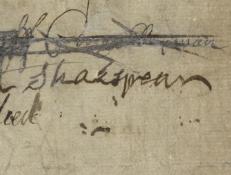
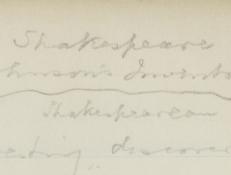
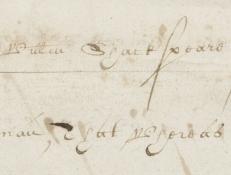
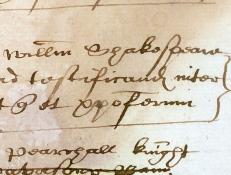
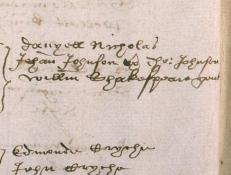
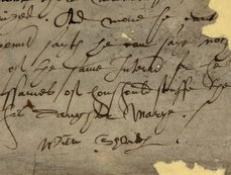
![REQ 4/1/4/2 [1], thumbnail detail](https://shakespearedocumented.folger.edu/sites/default/files/styles/document_thumbnail/public/document-thumbnails/REQ4-1-4-2%20%281%29%20The%20Belott%20v%20Mountjoy%20suit%2C%20deposition%20of%20Daniel%20Nicholas%201612_thumbnail%20detail.jpg?itok=7xOM1vV5)

